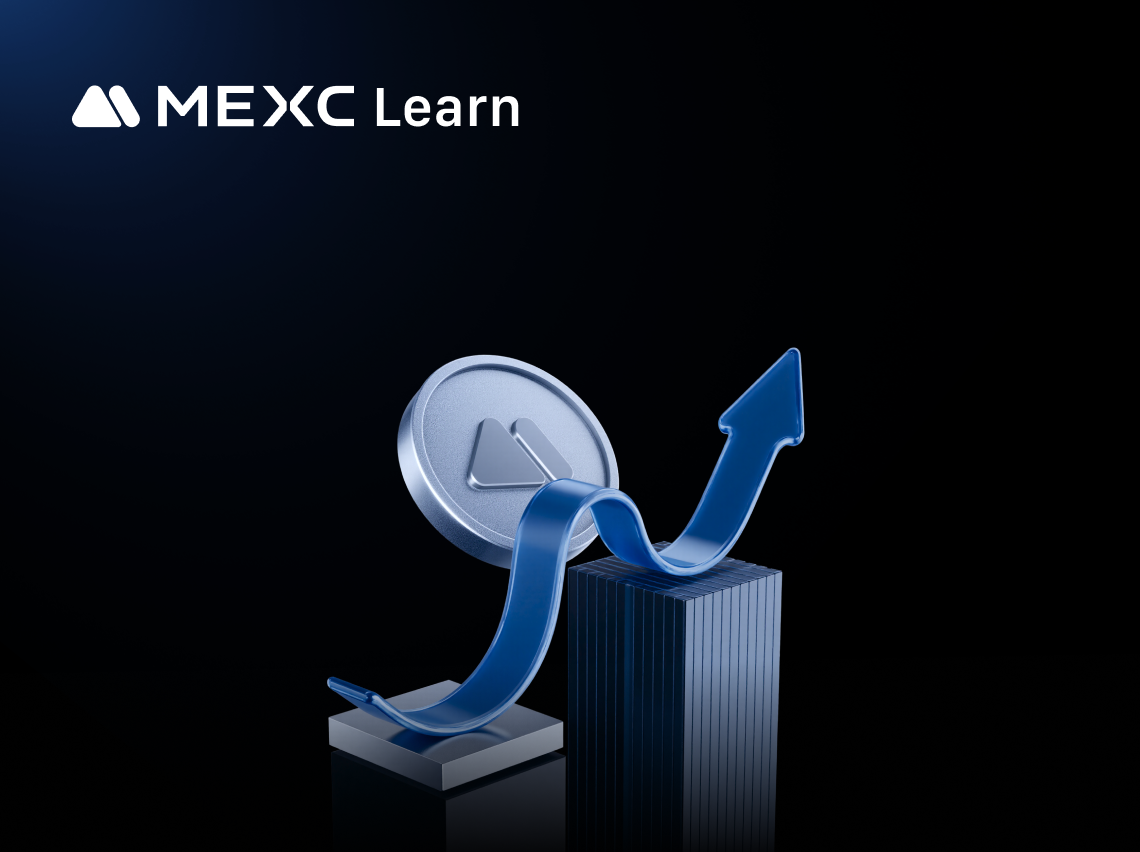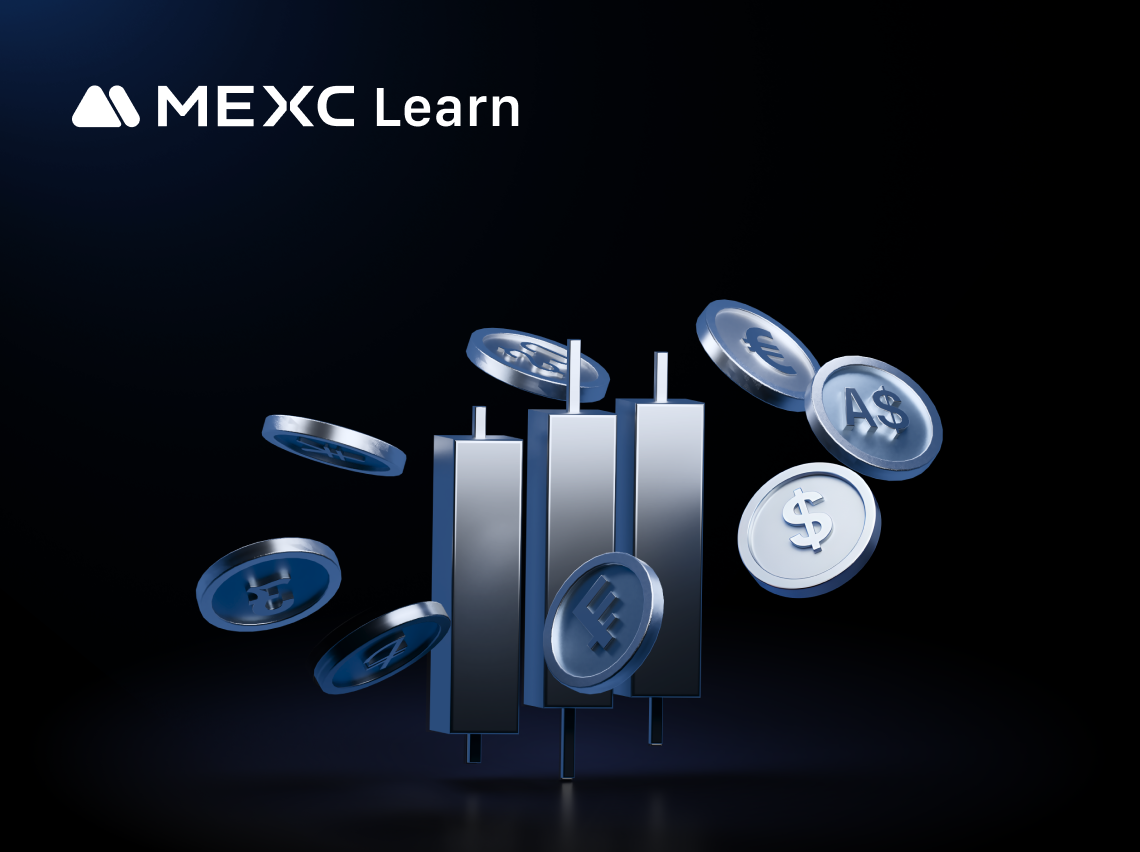Analysis of Common Technical Indicators in the Cryptocurrency Market

1. Overview of Common Technical Indicators
1)Moving Average (MA)


2)Exponential Moving Average (EMA)


3)Moving Average Convergence Divergence (MACD)


4) Bollinger Bands (BOLL)


5)Relative Strength Index (RSI)


2. Advantages and Disadvantages of Common Technical Indicators
Technical Indicator | Advantages | Disadvantages |
Moving Average (MA) | Filters out short-term price fluctuations; provides support/resistance levels and trend reversal signals. | Lags behind price; ineffective in sideways markets and may be misled by outliers. |
Exponential Moving Average (EMA) | Responds more quickly to price changes; offers better smoothing and adaptability. | Can be overly sensitive, leading to false signals; may generate unreliable early reversal signals. |
MACD (Moving Average Convergence Divergence) | Strong trend-following capability; divergence between price and MACD helps identify reversals. | Suffers from lag; prone to false signals during sideways/consolidating markets. |
Bollinger Bands (BOLL) | Effectively reflects market volatility and provides support/resistance levels; mid-band helps with trend assessment. | Lagging indicator; can be misleading during false breakouts. |
Relative Strength Index (RSI) | Clearly signals overbought or oversold conditions and gauges trend strength. | Prone to noise in ranging markets; highly sensitive to the selected time period and may require adjustments. |
3. Benefits of Learning Technical Indicators
3.1 Accurately Identifying Market Trends
3.2 Effectively Managing Trading Risk
3.3 Enhancing the Scientific Basis of Trading Decisions
4. How to Set Up Technical Indicators on MEXC

5. Conclusion
Recommended Reading:
- Why Choose MEXC Futures? Gain deeper insight into the advantages and unique features of MEXC Futures to help you stay ahead in the market.
- MEXC Futures Trading Tutorial (Website) Learn the full process of trading Futures on the web platform in detail, making it easy to get started and navigate Futures trading with confidence.
Popular Articles

What is Solana Mobile (SKR)?A Blockchain-Native Smartphone Platform Bridging Hardware, dApps, and Tokenized Governance
Key Takeaways1)Solana Mobile is a hardware-first Web3 platform, integrating self-custody and blockchain security directly into smartphones.2)Saga and Seeker phones function as on-chain access devices,

What is Immunefi(IMU)? A Complete Guide to Web3's Leading Security Platform
Key Takeaways1) Immunefi focuses on continuous Web3 security coordination, not one-time audits.2) Bug bounties and audit competitions form the core of its security model.3) Magnus serves as an operati

What Is VOOI ($VOOI)? A Non-Custodial Perpetual DEX Aggregator Explained
Key Takeaways1)VOOI is a non-custodial perpetual DEX aggregator that routes trades across multiple DEXs without holding user funds.2)The platform leverages chain abstraction and intent-based execution

Balancing Security and Accuracy: Dynamic Logic of Risk Control Systems
As crypto markets evolve, so do the tactics used by fraudsters and market manipulators. To keep users safe and preserve market integrity, crypto exchanges must constantly enhance their risk control an
Hot Crypto Updates

hadtotakeprofits sir (HTTPS) Spot Trading Platform Comparison: Why MEXC Leads the Market
Choosing the right hadtotakeprofits sir (HTTPS) spot trading platform can significantly impact your trading success. MEXC stands out among cryptocurrency exchanges with superior features, competitive

Hadtotakeprofits sir (HTTPS) MEXC Spot Trading App: Your Gateway to Mobile Trading
The MEXC spot trading app revolutionizes how you trade hadtotakeprofits sir (HTTPS) with industry-leading zero maker fees and access to over 3,000 trading pairs. As one of the world's most trusted cry

hadtotakeprofits sir (HTTPS) Spot Trading Strategies: A Beginner's Guide
Spot trading involves buying and selling cryptocurrencies for immediate delivery at current market prices. For beginners looking to trade hadtotakeprofits sir (HTTPS), understanding effective spot tra

hadtotakeprofits sir (HTTPS) MEXC Spot Trading Fee: Complete Guide for Beginners
Understanding MEXC spot trading fees is crucial when trading hadtotakeprofits sir (HTTPS). MEXC operates on a maker–taker fee structure with 0% fees for makers and 0.05% fees for takers on spot market
Trending News

Crossmint Partners with MoneyGram for USDC Remittances in Colombia
TLDR Crossmint enables MoneyGram’s new stablecoin payment app for cross-border transfers. The new app allows USDC transfers from the US to Colombia, boosting financial inclusion. MoneyGram offers USDC

Why Peter Brandt Says The US Crypto Bill Won’t Be A Game-Changer
The post Why Peter Brandt Says The US Crypto Bill Won’t Be A Game-Changer appeared on BitcoinEthereumNews.com. Will a landmark US crypto bill send Bitcoin soaring

Record instroom Bitcoin-ETF’s – richting $120.000?
Connect met Like-minded Crypto Enthusiasts! Connect op Discord! Check onze Discord De markt voor Bitcoin ETF’s laat wederom een opvallende trend zien. De afgelopen week werd de grootste instroom sinds

Q2 Market Insights: Bitcoin regains dominance in risk-averse environment, ETFs remain critical to market structure
The market will show a downward trend in the short term, and then rebound and set new highs in the second half of the year.
Related Articles

What is Parabolic SAR?
The Parabolic SAR (Stop and Reverse) is a widely used technical analysis tool designed to determine the direction of price trends and identify potential reversal points. This indicator plots a series

How to Use TradingView on MEXC
TradingView is a powerful trading analysis tool that caters to users of all experience levels. MEXC has integrated TradingView's charting tools, allowing you to use them directly on the MEXC platform.

How to View MEXC Futures Account Assets and Open Positions For Improved Trading
Cryptocurrency futures trading has become popular among investors due to its flexibility and wide range of trading pairs. MEXC Futures, in particular, is well recognized by users for offering over 1,3

Common Technical Analysis Theories
Technical analysis is a widely used tool in financial investing, aimed at predicting future market trends by studying historical price movements and trading data. This article will break down the core
